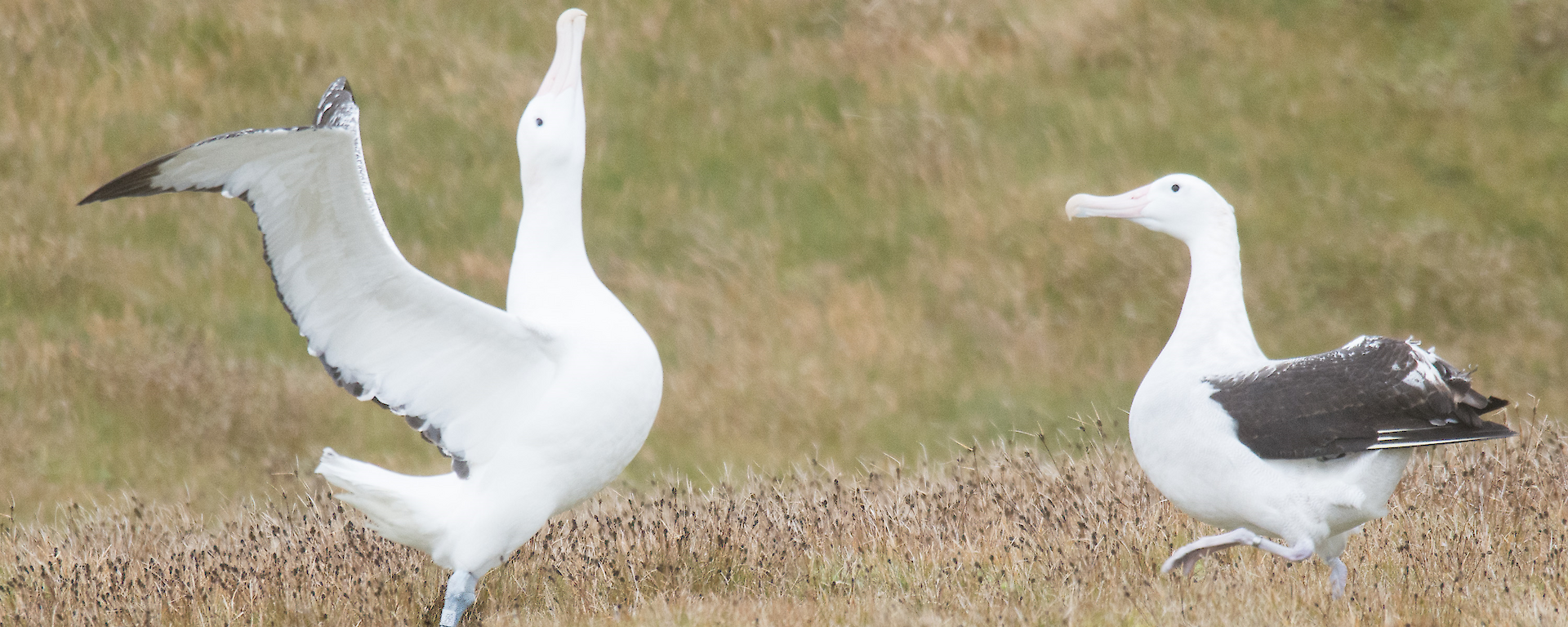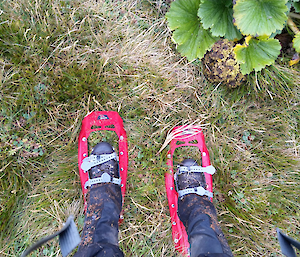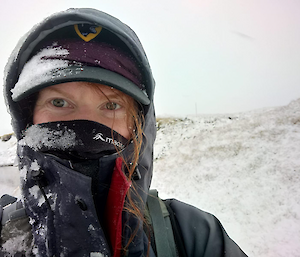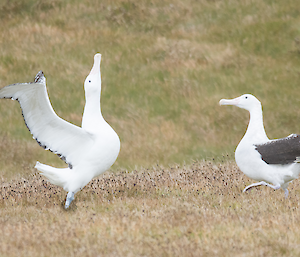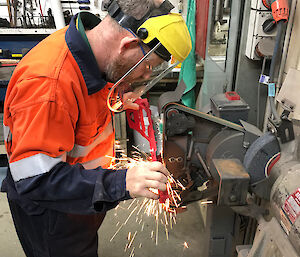Antoine Marie Jean-Baptiste Roger, comte de Saint Exupéry (1900–1944), more commonly known as de Saint Exupéry, was a true polymath. He was a poet, aristocrat, designer, aviator, and most notably, the writer of the timeless classic The Little Prince. He met his untimely death in WWII, shot down whilst crossing the Mediterranean on a reconnaissance mission. His practical and theoretical expertise extended into many fields and he implemented these skills in upgrading the ‘un-airworthy’ P-38 Lightning’s he flew in Algeria to compete with the substantially faster and nimbler German Focke-Wulf Fw-190 aircraft. One oft-stated maxim attributed to him is that, “design perfection is reached not when there is nothing left to add, but rather when there is nothing left to take away”.
This bon mot was evident at Macca this week, when our resident “petrel-head” Tasmania Parks and Wildlife Service Ranger, Sara Larcombe, approached William “Sealy” Seal, our master of the powerhouse and Deputy Station Leader, for a design solution to a particularly ‘sticky’ problem. The featherbed is an area of low-lying ground surrounding the West coast of the island, comprising of many and varied bryophytes (mosses), grasses,lichens, peat, and of course, bogs. Its name derives from the springy, slightly spongy, and occasionally all-enveloping nature of travel along this feature. As such, it is both feared and revered by expeditioners, who marvel at its species diversity at both a macro and micro scale, but who wish to avoid ending up a little too close for comfort…
Sara noticed the cumulative impacts of human travel along the featherbed and wondered if such a unique ecosystem niche might be spared further damage with a little lateral thinking. The field store contains some rarely-used snowshoes, of which a pair were taken to Sealy to machine, removing the potentially damaging crampon points. The solution worked admirably, allowing Sara to traipse along the featherbed to her wandering albatross research sites with ease, whilst sparing the delicate flora. Several more pairs are currently being modified prior to the general opening of the Special Management Area (restricted access area) on the Northwest of the island.
Such a story reinforces the adaptability, flexibility and ecological sensitivity necessary to operate in such an environment. The incredibly varied skill sets of the wintering teams allow us to thrive, not just survive, and to positively contribute to the special place we are lucky to call home.
Alexander Dylan Thomas, Field Training Officer

